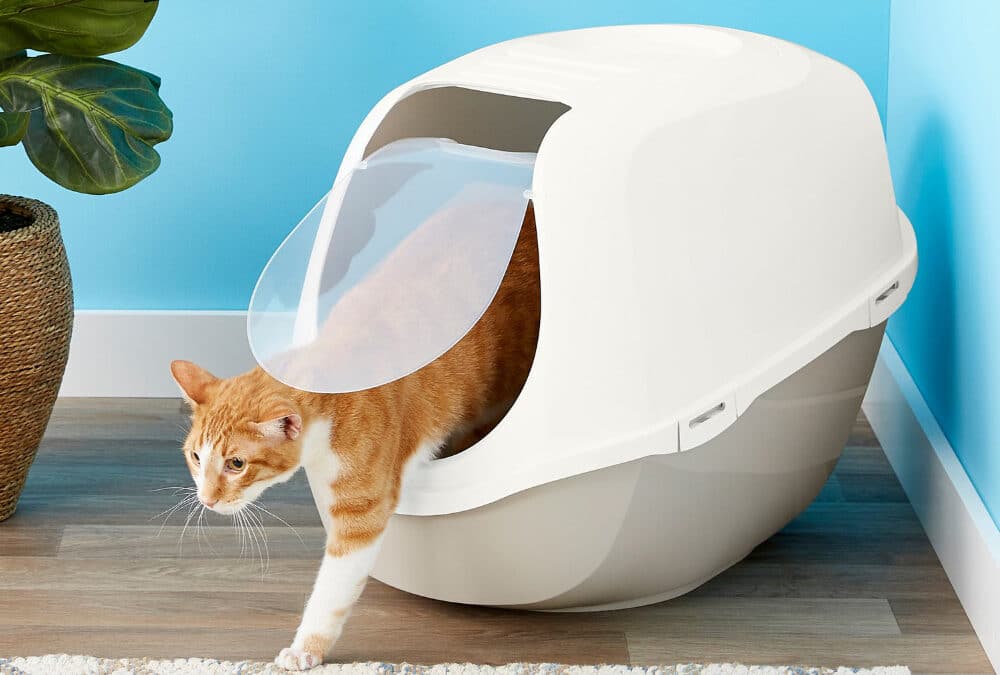Clay or paper, sand or crystal, clumping or non-clumping, hooded tray or self-cleaning…choosing the right litter solution for your feline’s private moments can be hard work! Here are our top tips to set up your cat for in-tray toileting success!
The tray itself: Litter trays come in all different shapes and styles, and you can essentially choose what you prefer, but remember to take one important factor into account – size! Your tiny fluffball will grow and adult cats need to be able to be comfortable in the tray, so we suggest bigger rather than smaller. Also, despite a preference for privacy, many cats are not fans of a hood over the tray, so if you are considering this, make sure it can be easily removed if it gets the paws down from kitty cat. Many cats also prefer not to have a tray liner.
How many? It is often advised to have one more litter tray than cat in the house. So, if you are a one cat household, two trays are best, and if you are a two-cat household, then try to have three etc. Remember cats are like toddlers – sharing is not part of their vocabulary.
Placement is pertinent: Always ensure easy access to the litter tray, and that it is in a quiet and private location. Never place a litter tray in the same area as food bowls, as this is counterintuitive to a cat.
The litter low down: Litter mimics a cats preferred surface for toileting, so how can there be so many different kinds? Many cats will prefer what was presented to them as kittens, so if there is a history, it can be helpful to stick with the same kind. You can also give your cat the choice by putting two trays side by side with different litter materials and see if there is a preference. Most cats will prefer conventional non-clumping clay litter is the most common type of cat litter. It feels most like dirt, and so most familiar to dig away and cover up their business as in the wild. You may prefer a biodegradable litter like recycled paper pellets, or a crystal litter which tends to perform best for absorbency and odour management.
No scents make sense: Don’t be tempted to use a scented litter to mask odours. Cats are very sensitive to smell and prefer unscented litter – remember it is supposed to mimic nature.
Easy on the fill: Whichever litter you choose, do not overfill the tray – around 2 – 4cm deep is best, and ensure it is cleaned at least once a day.
Uh oh – have I done something wrong? Ensuring a cat-friendly litter box is the best way to ensure a happy toileting experience for your cat, but about 10% of cats will toilet outside the litter tray. If you find your feline favouring alternate locations seek advice from our professional team. Importantly to exclude any medical reason why this might be happening, as well as a physical assessment. Our expert vets will look at the problem holistically, and discuss all possible triggers for this behaviour, working with you to find the right solution for you and your cat.

